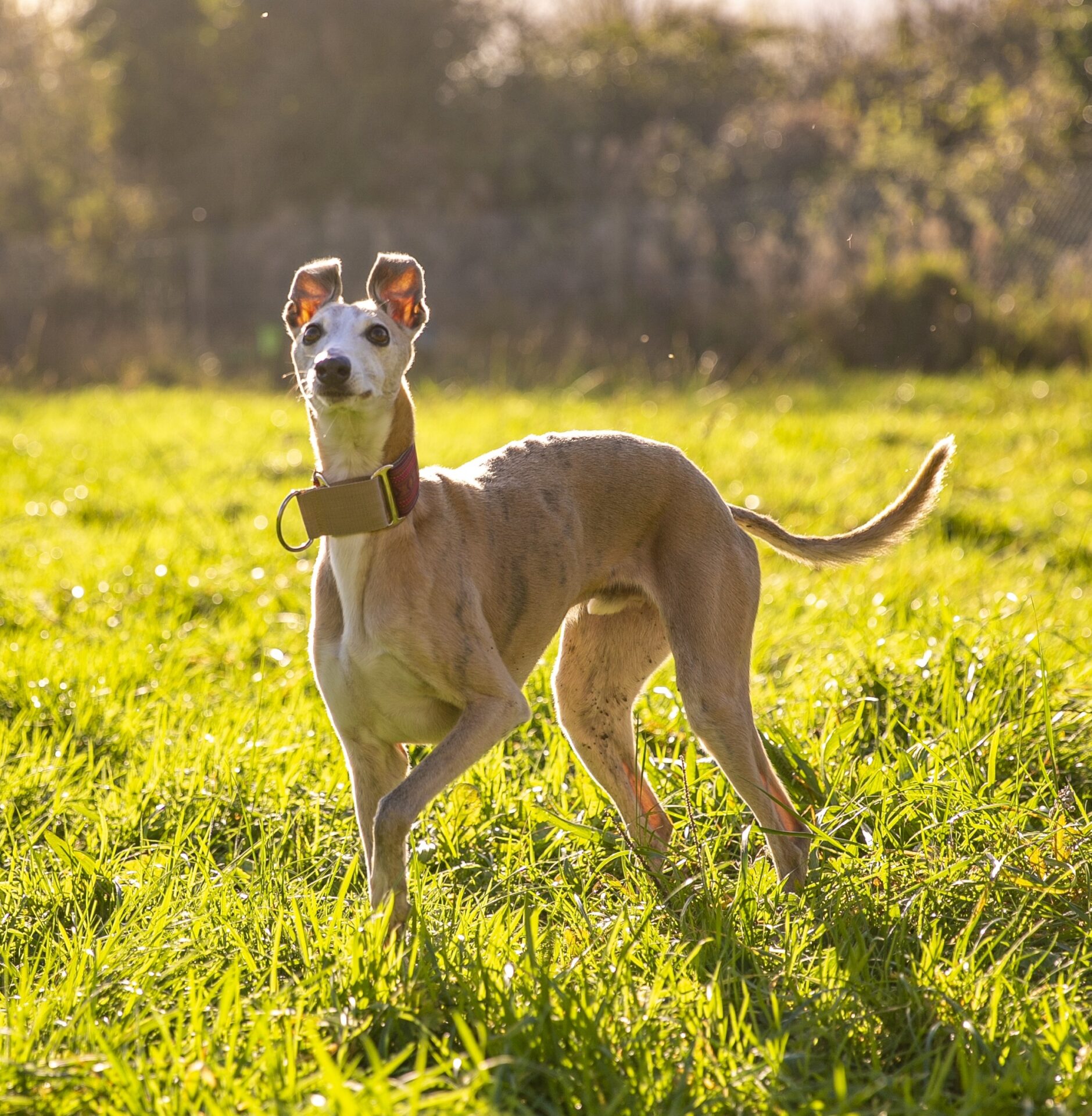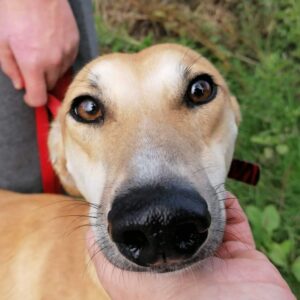Barking and noise sensitivity in dogs can be a rough behaviour to manage when it becomes habitual. It can quickly become a nuisance and needs to be managed before long. It’s important to remember dogs instinctual bark and for many breeds it’s a purposefully bred Trait. Particularly hounds and herding breeds. Something to consider when choosing a dog.
When it comes to barking, context and body language is key to determine the underlying root of the problem barking. Reactivity training – praticing “engage, disengage ” from things that cause any fear or distress to our barking dog is critical as barking can be a learned coping behaviour from dogs that have a fight or flight response to potential triggers. Ideally when a dog is frightened,they would rather flee a situation, when there is no option to flee a fearful reaction will often escalate to barking as a coping mechanism
*teaching quiet cues – quiet command*
Dogs learn by association so start teaching quiet cues when your dog is already being quiet. Grab a handful of treats, walk around the house or garden and in the moments they are silent, even if it’s only for a moment while they are focused on you, reward saying the word “quiet” followed by a treat and praise them with “yes ” or “good”. Teaching quiet cues on command will help teach a barking dog that there are alternatives to barking.
Also try taking a handful of treats, say the word “quiet” before scattering them on the ground. Over time doing this a few times a day, this is Teaching your dog that when you say “quiet” their attention will automatically turn back to you or they will turn their attention to the floor to be quiet and choose to do something else .ie. direct their attention elsewhere rather than engage in barking behaviour. Dogs reflect our calm behaviour and mood so refrain from engaging with scolding them or shouting as this is likely to encourage loud barking.
Other alternatives to manage barking behaviour..
White noise or calming music to block out sounds at times of the day when youre not home.
Increased enrichment/behaviour outlets.
Final alternative is to redirect their attention to something more appropriate when they go to bark. For example, when out in the garden for short periods and if they go to bark at something, scatter treats to redirect them. Not allowing them to engage with barking behaviour or allow it to build teaching them to look to you when something triggers barking.





